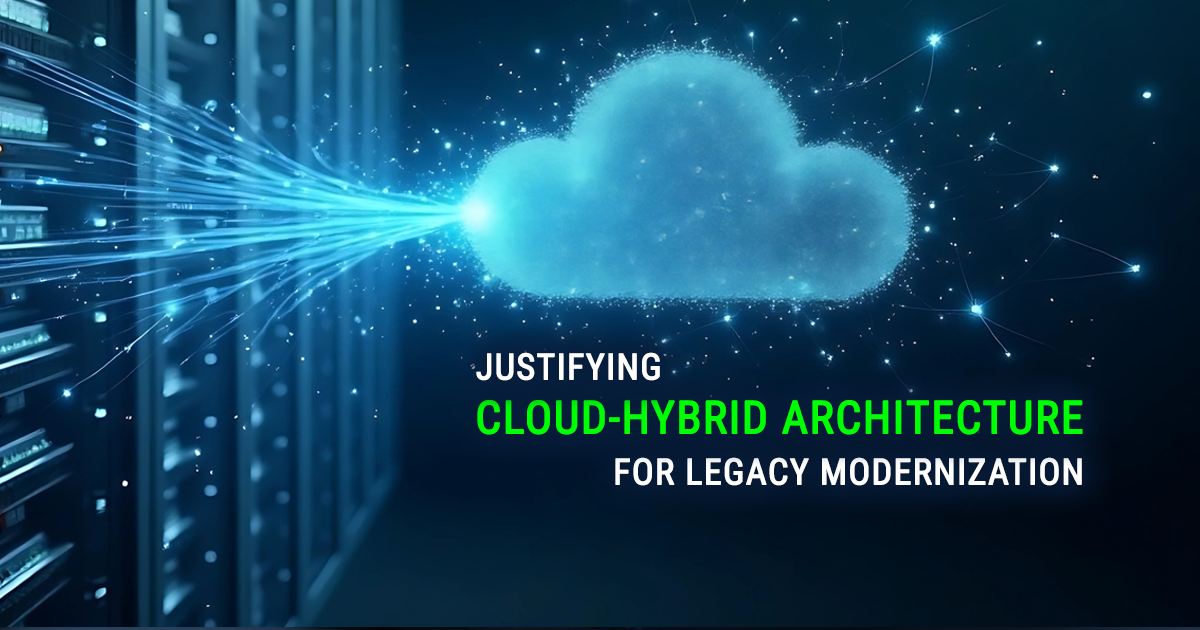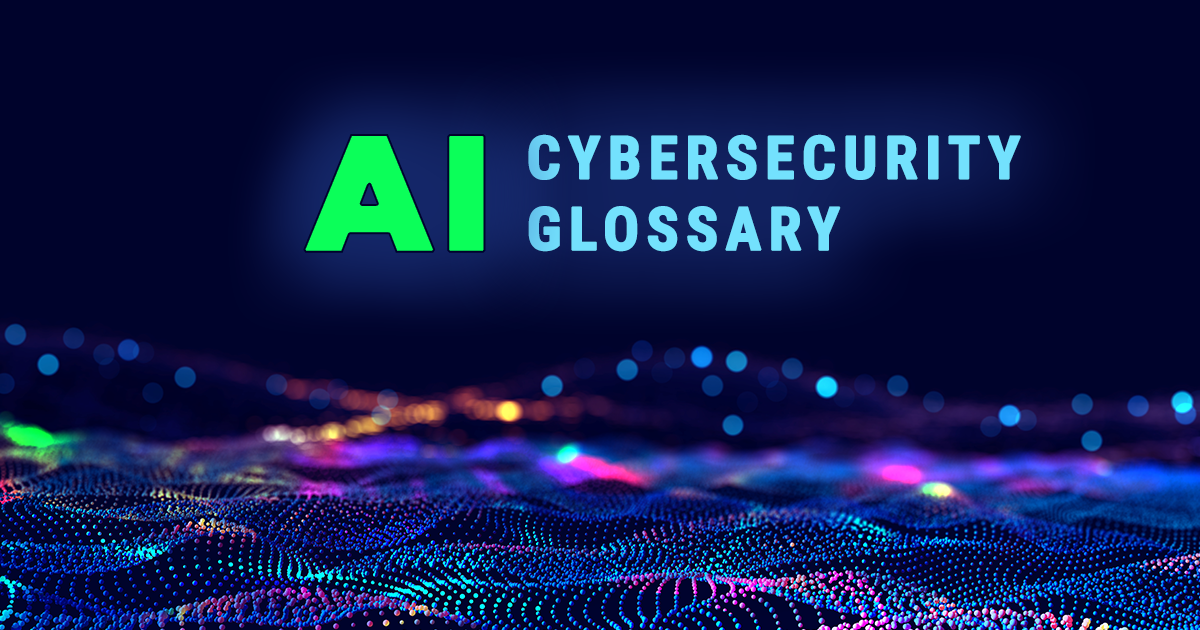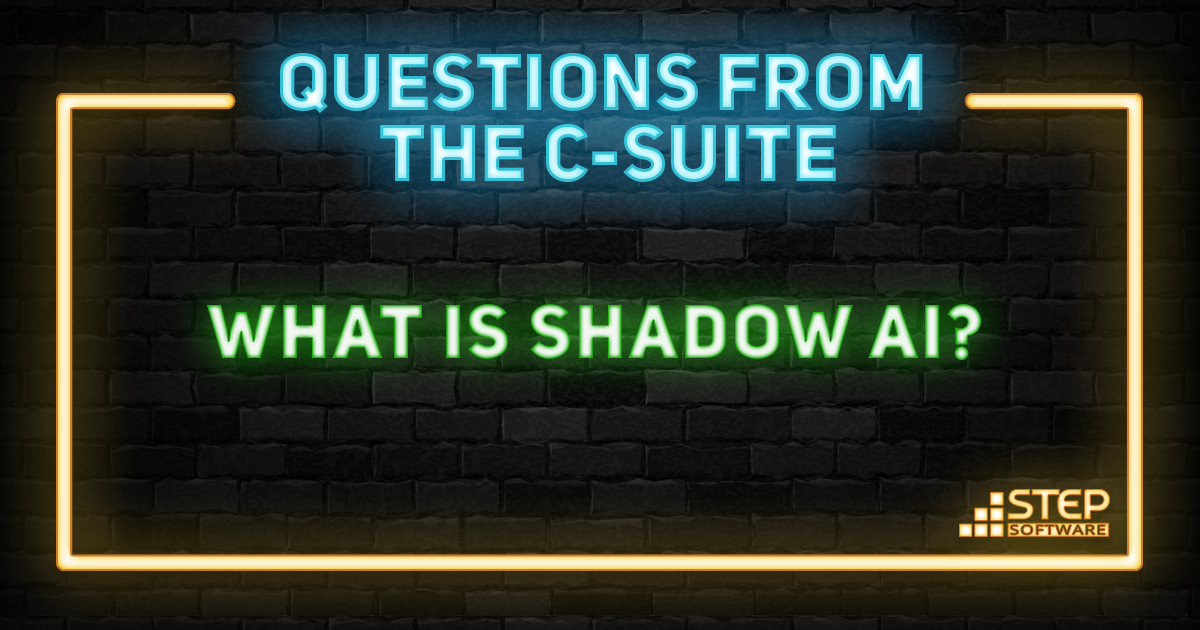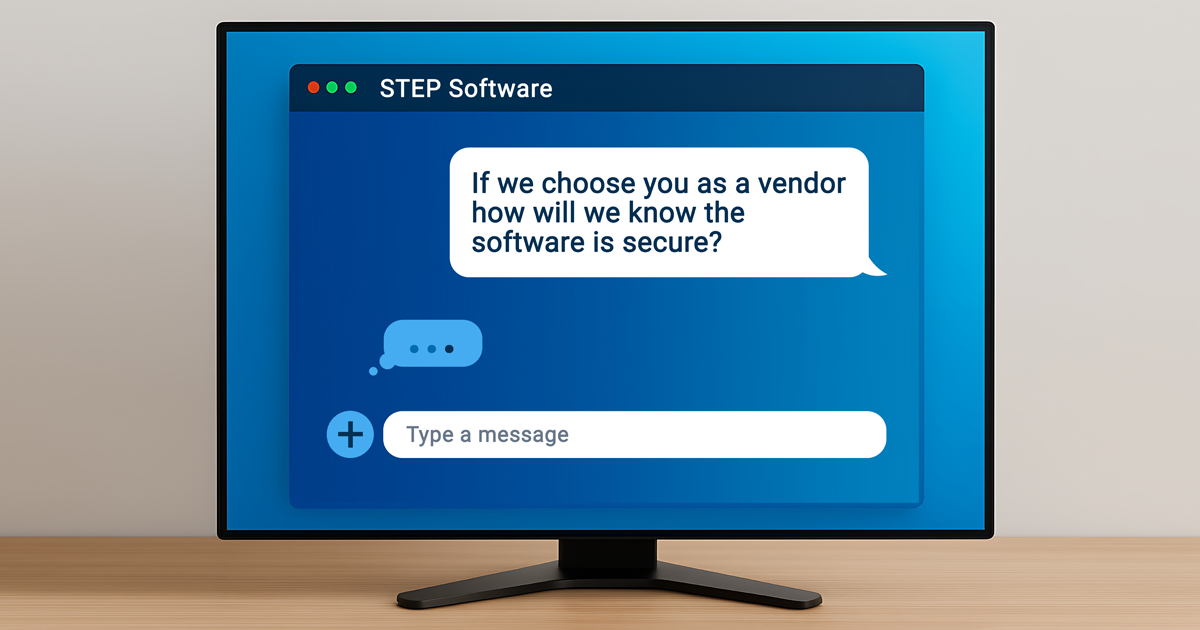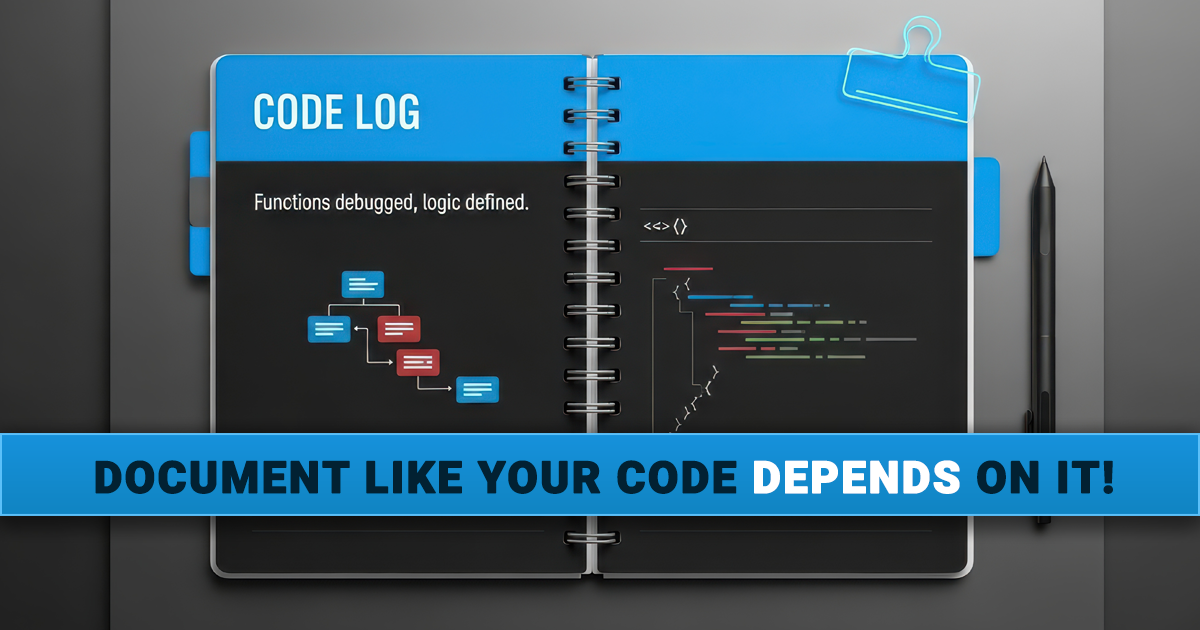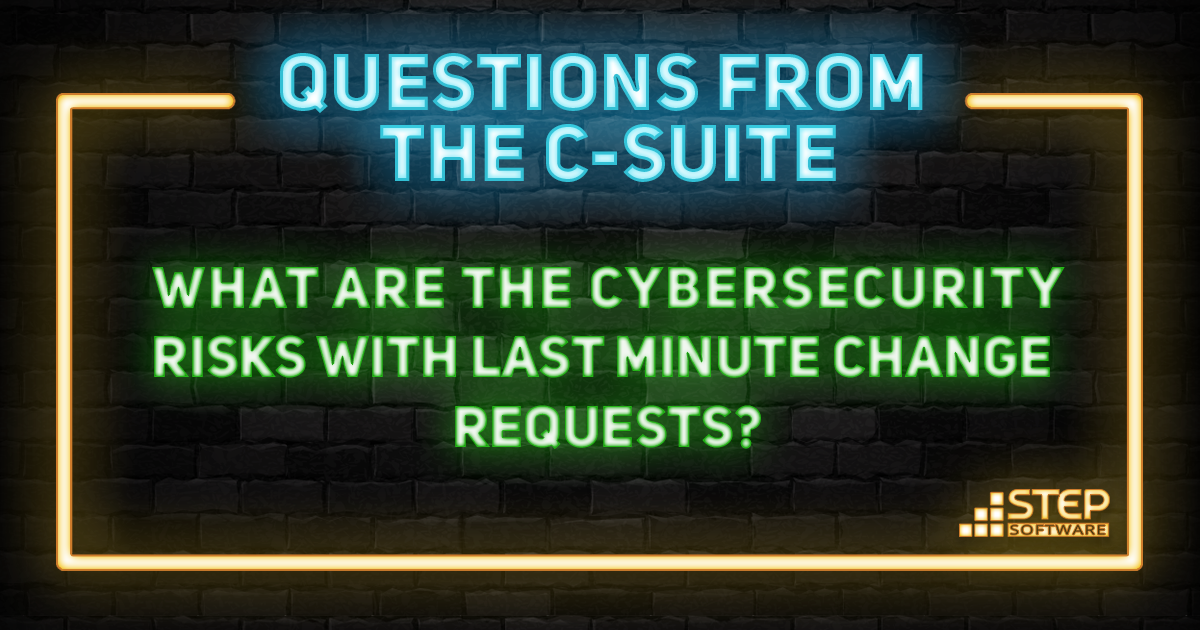As we come to the close of another year, CIOs are continuing to face legacy software challenges and 2026 doesn’t appear to be any different. CFOs are seeing line items for cloud-hybrid architecture on budgets and are pushing back, asking “is this a critical need or a frivolous nice to have?”
For our last technical blog of 2025 we dive into this budget line item, breaks down what it is, why it is important (especially when legacy issues are on the radar) and add in some strategies to help get this cost-effective legacy modernization approach on your 2026 budget (if you are still making...
RPA: Legacy Systems’ Secret Weapon?
Why You Should Budget For it in 2026.
If modernizing your legacy software feels like rebuilding a castle while simultaneously holding your IT team and company infrastructure together from within its crumbling walls; RPA (Robotic Process Automation) may be the practical catapult you didn’t know you needed. Its not going to replace your castle, but it can build an automated set of drawbridges around it, giving you wins now and options for bigger bets later.
What Is RPA, Anyway?
RPA or Robotic Process Automation is software or “bots” that mimic human actions, a digital employee...
Your UI is Showing (… it’s Age!). Time to Modernize.
UI Legacy modernization, the cheap(er), faster, and a shockingly effective way to update your legacy system without breaking the bank or doing a full rip and replace. Let’s face facts, you know your legacy system is showing its age; there are wrinkles and grey hairs, but the bones are still strong. The problem here is how it looks on the outside is costing you time, people and budget.
Now imagine telling your CFO you can fix slow software, calm angry users, and resolve a deluge of support tickets — without rewriting the whole thing, buying another expensive platform, or staging a...
2026 IT Budgets – Shiny Stuff vs. Boring Things
You want to buy the shiny stuff in 2026 — AI platforms, GPU servers, and all the cloud horsepower, and who wouldn’t? But economic repositioning, geopolitical anxiety and evolving stakeholder expectations are generating uncertainty for many business leaders. With all the chatter on those shiny new pennies, companies often forget the critical, albeit boring parts. Legacy systems, talent reskilling, or smart outsourcing often miss the budget ledger. But those “boring” things are what will let the shiny stuff pay off and help KTLO (keeping the lights on) during the ambiguity of the next...
AI Buyers’ Remorse: Short Sighted Savings or Long-Term Staffing Burdens?
There is no disputing that AI has the potential to create efficiencies, lower headcount and help charter a business into the future, but at the expense of what?
Many organizations who’ve trimmed or replaced junior roles with AI are discovering those cuts bought short-term savings and long-term headaches. Businesses are facing slower delivery, higher vendor spend, talent pipeline collapse, and HR headaches that no amount of acetaminophen can resolve. On this weeks’ blog we dive into the causes, the financial math, the biggest operational problems, and pragmatic fixes business leaders can...
AI – Cybersecurity Glossary: 12 Terms IT Wish You Knew
In 2023 we published the Artificial Intelligence Glossary: The Top 15 Definitions You Need To Know, and promised to update the list as AI evolved. With cyber crime predicted to grow 15% annually over the next 5 years, arming yourself and your stakeholders with relevant terms is your first line of defense to ensuring your business stays protected. This leads us to our last post for Cybersecurity Awareness Month, a new list of a dozen terms IT pros wish you knew about AI and cybersecurity. Let’s dive in:
1. Adversarial Machine Learning (AML)
Adversarial Machine Learning (AML) is a...
Questions From the C-Suite: Shadow AI
This week we continue our series “Questions from the C-Suite” with a question that is coming up around boardroom tables a lot lately:
What is Shadow AI and is it an HR or IT Issue?
The answer is not as cut & dry as you might think. Shadow AI, a subset of Shadow IT, is the use of AI tools and models inside a company without IT, security, or legal knowing. It is a people problem that rapidly becomes an IT, operational and financial problem.
Let’s unpack the risks associated with Shadow AI, why you should care, and why HR and IT must act together to limit risk and prevent...
10 Cybersecurity Questions to Ask Your Software Vendor (Before You Sign Anything)
When you hire a software development firm, you’re not just buying code; you’re trusting someone to build a digital extension of your business. It’ll hold your data, power your operations, and (if done wrong) provide a nice open window for cybercriminals to crawl through.
We’ve compiled a list of questions to help you ensure your custom software is not a cyber-liability. No technical degree required; you just need to know what to listen for.
Q1: Do you follow a Secure Software Development Life Cycle (SDLC)?
This is software lingo for “Do you think about security from the...
Document Like Your Code Depends on it!
The Most Important Thing Nobody Wants to Write
Documenting software is the software developer equivalent to washing your windows.
Ask any developer how they feel about documentation, and you usually get a sigh, a grimace, or possibly a vague promise that they’ll “get to it later.” Unfortunately, just like windows, later means, harder, more work and in the worst-case scenario, a complete renovation. When “later” turns into “never”, organizations pay the price with onboarding delays, security gaps, and in some infamous cases — catastrophic project failures.
As most IT pros...
Series: Questions from the C-Suite
Cybersecurity & Final Stretch Change Requests
As a company we provide custom software, advisory, and legacy system services. But the challenges we see with our client’s often cross pollinate between divisions, cybersecurity is a regular topic.
In October we are launching a blog series called, “Questions from the C-Suite”. We will cover topics that come up from all three divisions, questions asked by nontechnical members of our client’s teams, and scenarios where we suspect our readers could use some clarity. Cybersecurity and change requests (CR) are two topics on repeat,...
